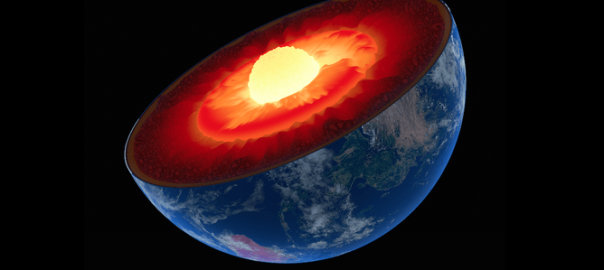- Write by:
-
Monday, October 15, 2018 - 8:49:28 AM
-
579 Visit
-
Print

Mining News Pro - The Australian Academy of Sciences has launched a comprehensive 10-year plan for Australian geoscience development at the Australian Geoscience Council Convention in Adelaide.
According to Mining News Pro -The plan, entitled Decadal Plan for Australian Geoscience: Our Planet, Australia’s Future, was released by the National Committee for Earth Science.
It highlights strategic imperatives for the next decade of Australian geoscience development with a focus on government funding and education.
The plan considers the coming decade a transition for geoscience, “which will see genuine predictive power concerning how our planet behaves, how it responds to the actions of its inhabitants, and where to explore for critical resources”.
It calls for an increase in broad-scale exposure to geosciences among school-age Australians, an increase in predictive simulation and modelling capacity, and strong government support for STEM subjects, among several other recommendations.
Also included is the development of technology that could be relevant to future mineral exploration, such as a high-profile ‘downward-looking telescope’ capable of looking at mineralisation 300km beneath the Earth’s surface.
This ambitious project is intended to be operated and managed by geoscience group AuScope, which is investing in the Australian Earth Observing System (AEOS) to support development of the telescope.
“A piece of infrastructure like this would transform our minerals sector by making deep Australia visible,” says National Committee for Earth Sciences chair Professor Sue O’Reilly.
“It would give us a new understanding of the vertical makeup of the continent and allow us to direct our mineral exploration efforts in the two-thirds of Australia that aren’t currently cost-effective to explore.”
The plan also talks about the effects of the increasing demand for copper, cobalt and other rare-earth elements (REE), as well as battery metals and “new metals” that are being driven by the global ramp-up in electric vehicle production, renewable energy sources and mobile devices.
“By 2030, global demand for cobalt will be 47 times what it was in 2016, so unless we can become self-sufficient in this strategic metal, Australia may be held to ransom with massive price increases and chronic shortages,” O’Reilly said.
- Source: https://www.australianmining.com.au
Short Link:
https://www.miningnews.ir/En/News/281325
No comments have been posted yet ...